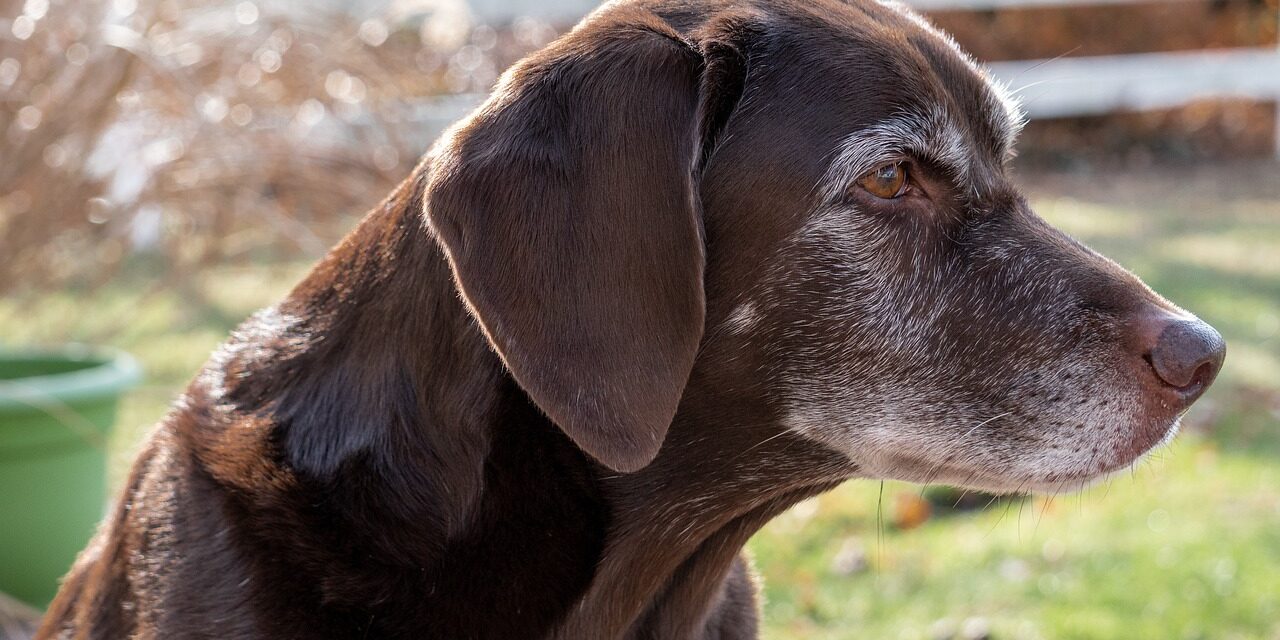A new report published in Scientific Reports has revealed significant differences in the lifespans of various dog breeds in the UK. The research was led by Kirsten M. McMillan from Dogs Trust and involved analyzing data on nearly 600,000 dogs from 18 sources, including breed registries, welfare organizations, pet insurance companies and veterinary clinics.
Study Provides Lifespan Estimates for 155 Dog Breeds
The study examined longevity based on factors like parental lineage (purebred vs crossbred), breed, body size, sex and skull shape. It found the average lifespan across all dogs to be 12.5 years. However, there was variation between purebreds at 12.7 years and crossbreds at 12 years.
The researchers were able to provide lifespan estimates for 155 recognized breeds. Those with the shortest lifespans included the Caucasian Shepherd Dog at just 5.4 years, Presa Canario at 7.7 years, Cane Corso at 8.1 years and Mastiff at 9 years. Breeds with the longest estimated lifespans were the Lancashire Heeler at 15.4 years, Tibetan Spaniel at 15.2 years and Shiba Inu at 14.6 years.
Crossbred Dogs Don’t Necessarily Live Longer
The study challenges the belief that crossbred dogs live substantially longer than purebreds. It found that while around 25% of purebreds had a shorter lifespan than crossbreds, nearly 50% actually lived longer. The authors say their results don’t disprove the existence of hybrid vigor in dogs due to limitations in the data. However, they emphasize the need for more research using individual-level genotype and phenotype data.
Body Size Strongly Linked to Longevity
In line with previous findings, the study confirmed body size as a major predictor of lifespan in dogs. Large breeds had a median survival of just 11.9 years compared to 12.7 years for small breeds and 12.5 years for medium breeds. The difference was especially pronounced in males.
Large male dogs were found to have a 1.28 times higher risk of earlier death compared to small female dogs, which lived the longest. The size-lifespan association held true even between breeds of similar size, indicating other genetic factors are likely involved.
Skull Shape Also Impacts Lifespan
Beyond body size, the study also found skull shape or cephalic index to be linked to longevity. Dolichocephalic (long-faced) breeds lived longer than brachycephalic (flat-faced) breeds, which have risen greatly in popularity despite known health issues. Mesocephalic (moderate width-length ratio) breeds had the highest median survival time at 12.8 years.
Brachycephalic medium and large breeds were found to have 2.69 and 1.92 times higher risk of earlier death compared to the longest-living small dolichocephalic breeds. The highest risk was in medium-sized brachycephalic males at 2.85 times higher than small dolichocephalic females.
Evolutionary History Plays Key Role
The researchers applied a technique called Pagel’s Lambda to assess phylogenetic signal – the impact of evolutionary history on lifespan. They found a strong correlation, with certain lineages reliably associated with shorter or longer lifespans.
For example, breeds in clades that split off earlier in domestication like Mastiffs and Cane Corsos had reduced longevity. The authors say this evidence of longevity linking to ancestral breeding indicates the long-term effects of artificial selection.
Study Aims to Improve Canine Welfare and Inform Breeding
In conclusion, the large-scale study provides breed-specific longevity estimates to help veterinarians and breeders. It also highlights at-risk populations based on factors like body size and skull shape associated with breed standards. The authors hope the findings will support decision-making on breeding practices and canine health and welfare policies.
Find out more here.








